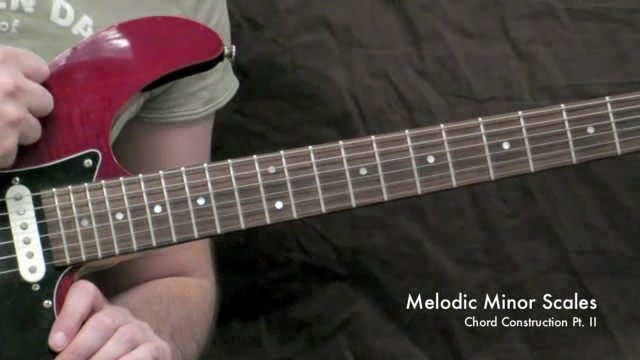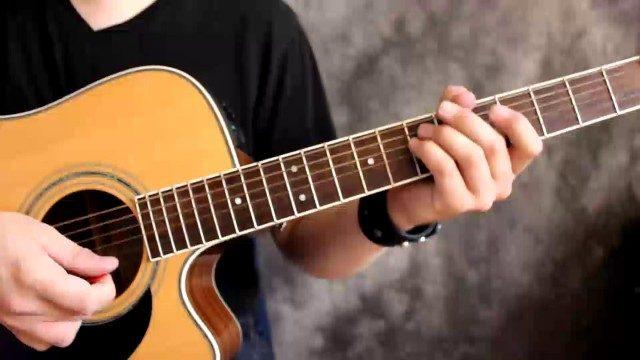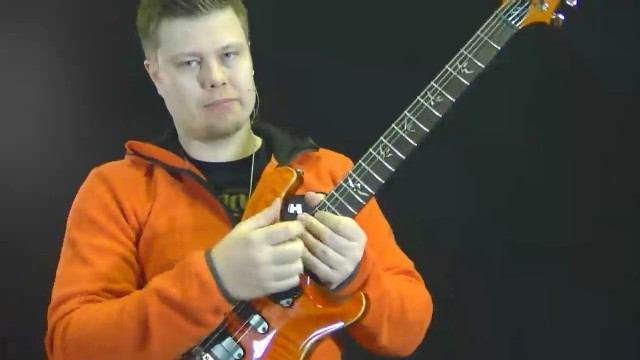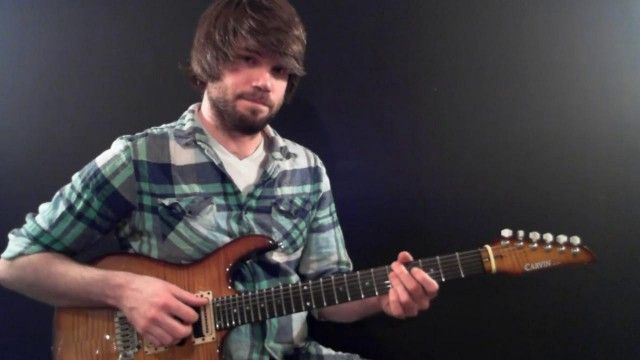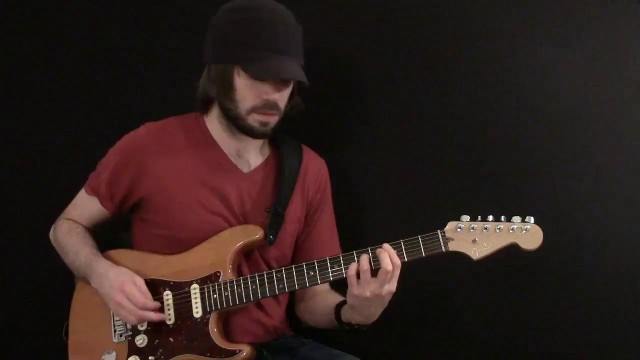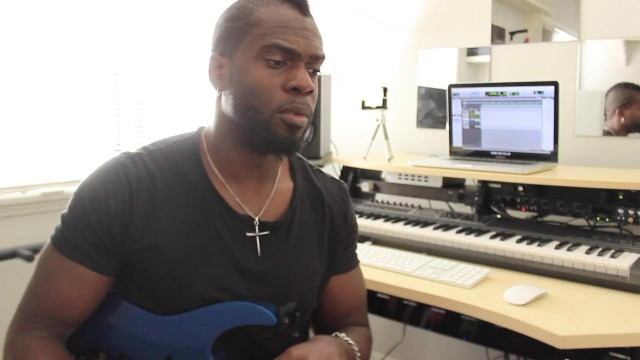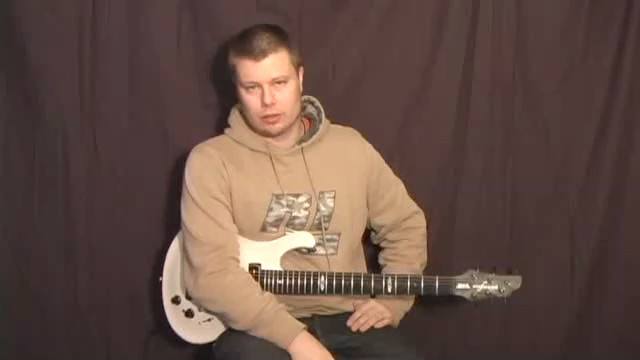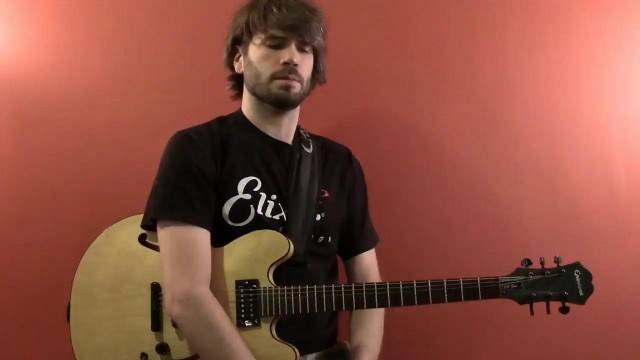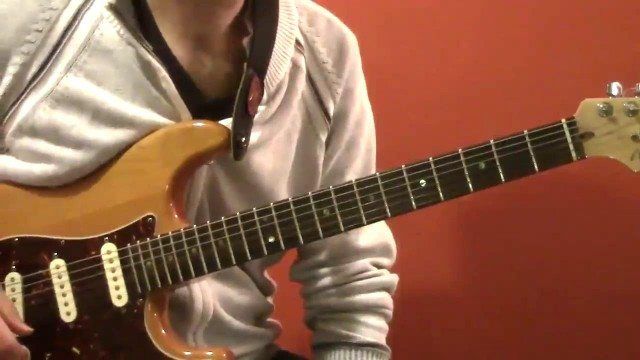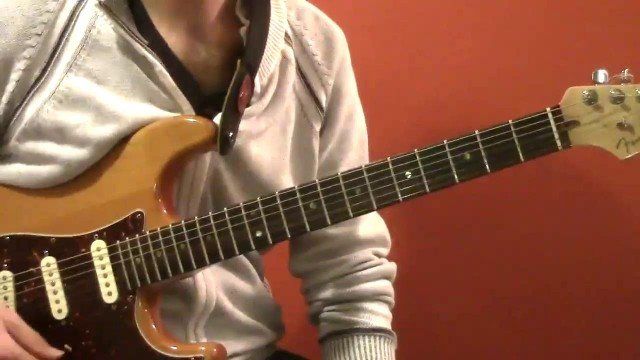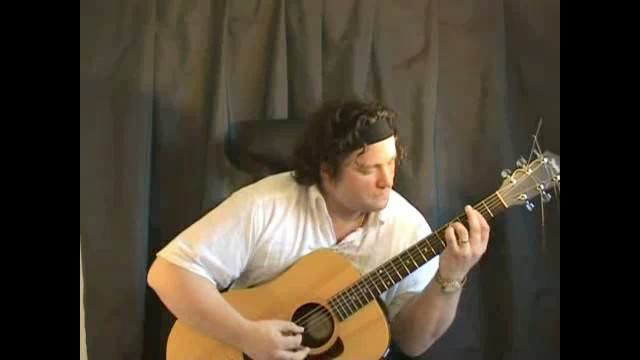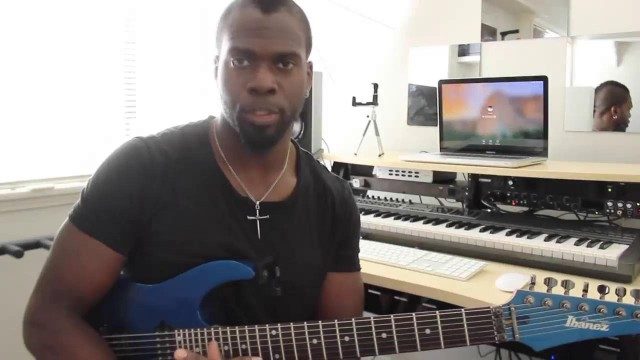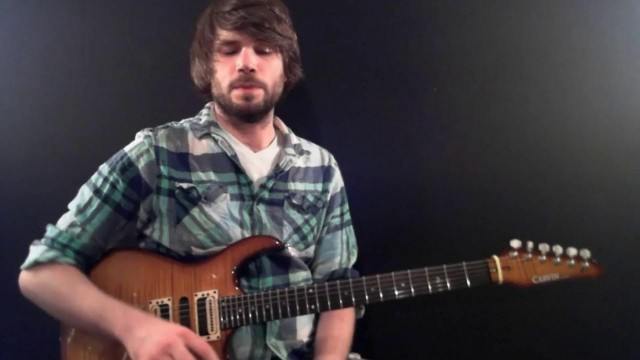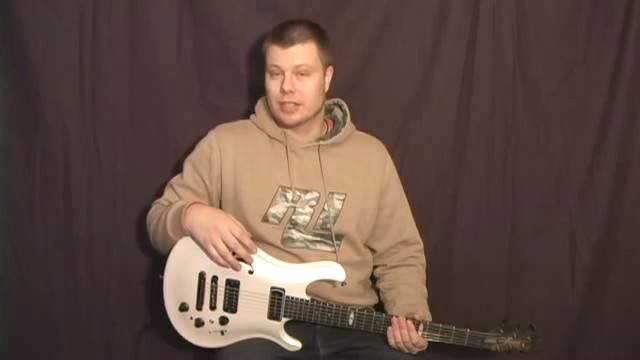Hello again!
In this part of the tutorial we are going to have a look at some simple ways to find our altered 5th and 13th voicing's.
Early in the video I emphasized the importance of the Perfect 5th interval. For me, early on when I was learning all these things. The perfect fifth acted as a way point to finding all the other intervals in a chord. For example, from the root note you know that the next 'chord tone' up is the 2nd/9th and the note below it is going to be the 7th.
From the 5th I know the chord tone above it is the 6th/13 and the tone below it is the 4th/11th. Then of course the 3rd can usually be found easily from either point.
Anyway, as you become more familiar with the different chord types. You will become more familiar with each interval involved, and where it sits in relation to the chord form your using.
So on with the lesson.
The first example I give on the video is a #5 alteration. I also spoke of it being enharmonic to a b6. The term Enharmonic simply means that it also has another name. If you think about the chromatic scale for a moment. Starting from C we have -C C# D D# E F F# and so forth. However we can also think of it like this -C Db D Eb E F Gb ect... C# is enharmonic to Db and D# to Eb.
So in context to this chord. The 5th degree of an E7 is B and the unaltered (maj 6 interval) 6 is Db. So if the #5 of E7 is B# and B# is enharmonic to C and the 6 is Db that would make the b6 C.
If that has completely confused you. Check out our lesson on enharmonic scales.
Moving on though. Next I moved the 5 up again and played a Dominant 7 with the 6. This so me is an ugly voicing, so when put in that situation i will omit(remove) the 5 completely and play the 6 up one octave as a 13th.
Remember the 13 and 6 are the same note, it is only the distance from the root of the chord that defines a 6 from a 13.
Lastly we flatten our 13 and create an E7b13 voicing. The b13 as we have established is the same as a b6 which is enharmonic to a #5 and hence it will be the same as playing a #5 up one octave.
note:
The common name for a #5 chord is 'augmented' or simply 'aug'. So if you find yourself reading a chord chart and a chord pops up with 'aug' next to it. They are asking you to play the chord with a #5. Often you will see chords like E7+, E7aug, even something like Cmaj7+. The '+' on its own automatically means 'sharpen the 5th'. If you saw a chord such as E7+9 or E7#9 this is different. They are now asking you to sharpen the 9. So remember, A chord with a plain + or 'aug' implies our #5. Having said this. Playing an E7b13 (because, as we established, a b13 can be interpreted as a #5) chord in place of an E7+ or E7aug is perfectly fine. The only exception is that you don't also play the perfect 5th (the un-altered 5th) at the same time. This will create unwanted tension and generally sound ugly. Thats all folks. I shall continue to put up a few more lessons of this nature in the near future. Focusing on a few other common chord shapes.
You will find all the examples tabbed out for you below.



